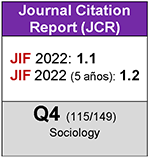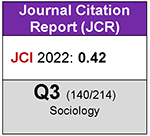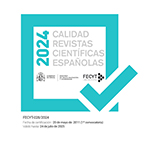Measuring Poverty at the Regional Level in Spain: A Reflexive Approach
DOI:
https://doi.org/10.5477/cis/reis.158.117Keywords:
Autonomous Regions, Income Distribution, Measurement Scales, Household, Social Indicators, Standard of Living, PovertyAbstract
This article assesses the utility of adjusting the poverty threshold for
regional areas of Spain and of using thresholds anchored in time. It also
offers a critical review of equivalence scales as a central element in
estimating poverty. To do this, data from the Income and Living
Conditions Surveys from 2007 to 2012 is used. The results show that
poverty rates obtained with national thresholds are strongly influenced by
intra-regional inequalities in income. They also show that regional
thresholds capture differences in the well-being of the population,
controlling for the effects of regional disparities in economic development.
In addition, they demonstrate that anchored thresholds avoid
inconsistencies in poverty rates tied to changes in income levels of the
general population and not to changes in socially necessary resources.
Downloads
Downloads
Published
How to Cite
Issue
Section
License
Copyright (c) 2024 Revista Española de Investigaciones Sociológicas

This work is licensed under a Creative Commons Attribution-ShareAlike 4.0 International License.
Permite Compartir — copiar y redistribuir el material en cualquier medio o formato, Adaptar — remezclar, transformar y construir a partir del material para cualquier propósito, incluso comercialmente.








